OKAPI 15″ L x 14″ H
$55.93
![]() Free shipping within 3 days
Free shipping within 3 days
![]() Easy returns within 30 days
Easy returns within 30 days
![]() Shopping information security
Shopping information security

3829, OKAPI 15″L x 14″H are anatomically scaled to create the best reproduction of the life size stuffed animal and the most realistic stuffed animal in the industry.
The okapi, also known as the forest giraffe, Congolese giraffe, or zebra giraffe, is an artiodactyl mammal native to the northeast of the Democratic Republic of the Congo in Central Africa. Although the okapi has striped markings reminiscent of zebras, it is most closely related to the giraffe.
The okapi (Okapia johnstoni) is an artiodactyl mammal that is found only in central Africa. It was not discovered until 1901. Okapia johnstoni, its taxonomic name, honors its native Central African name, as well as the man who ‘discovered’ it, the British explorer Sir Harry Johnston, naturalist, and colonial administrator. Native pygmies in Central Africa had known about this animal, which they thought of as a type of horse, for generations, and this was the description of it they gave to Sir Henry Morton Stanley (the man who found Dr. Livingtone, reportedly with the words, ‘Dr. Livingstone, I presume’). The okapi is, in fact, a forest-dwelling relative of the giraffe.
The okapi has a long neck and large and flexible ears. In sharp contrast to the white horizontal stripes on the legs and white ankles, the okapi’s coat is a chocolate to reddish brown. The distinctive stripes resemble those of a zebra. These features serve as an effective camouflage amidst dense vegetation. The face, throat, and chest are greyish-white. Interdigital glands are present on all four feet and are slightly larger on the front feet. Male okapis have short, hair-covered horn-like structures called ossicones, less than 15 cm (5.9 in) in length, which are similar in form and function to the ossicones of a giraffe. Females of this species are 4.2 cm (1.7 in) taller on average, slightly redder than males, and lack prominent ossicones, instead possessing hair whorls.
- The okapi is an animal known to ancient Egyptians. Soon after being discovered by Europeans, an ancient carved okapi image was found in Egypt. Europeans in Africa had for years heard about an animal that they called ‘the African unicorn’.
- An okapi’s tongue measures 18 inches long and is able to reach its eyes and ears with it, being one of a few mammals that is able to lick its own ears.
- Being very elusive and shy, okapis were not discovered until 1901.
- Okapi are pacers like giraffes, simultaneously stepping with the front and back legs on the same side instead of moving alternate legs like other ungulates.
- Okapis often rub their necks against trees, leaving a brown exudate.
- Newborns do not defecate before 4 to 8 weeks old. This helps keep them undetected by their predator’s sharp sense of smell while still small and weak.
Product Dimension: 14.96(L) X 4.33(W) X 13.78(H)
HANSA CREATION, INC. Collection is HANSA CREATION’s hand-crafted collection of realistic plush animals. It takes great pride in each enchanting work of soft sculpture art, carefully designed to educate, fascinate, captivate and inspire creative play for collectors of all ages.
Artists create each HANSA animal from portraits of the creature in its natural habitat appropriately called Hansa Creation Portrait’s in Nature. It is HANSA’s uncompromising integrity in design and quality standards that has charmed collectors for generations and continues to mesmerize new collectors of all ages.

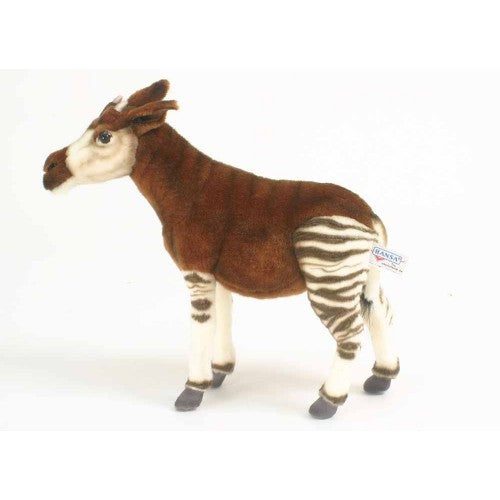
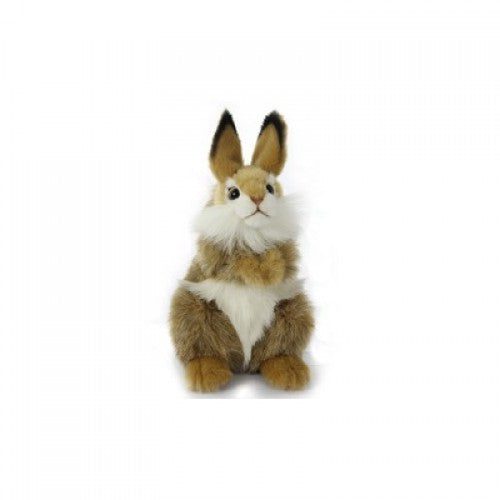
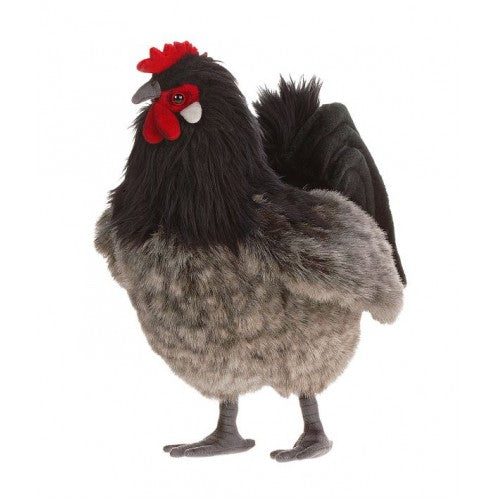

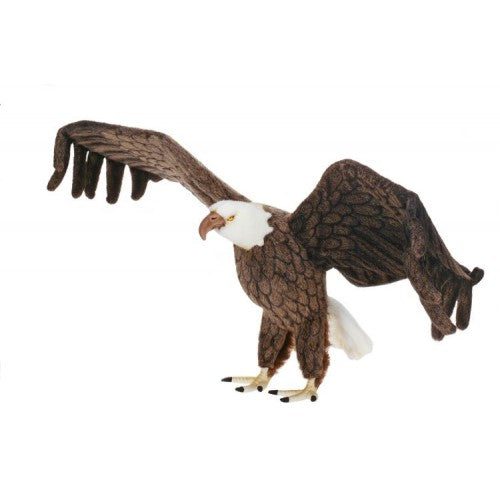

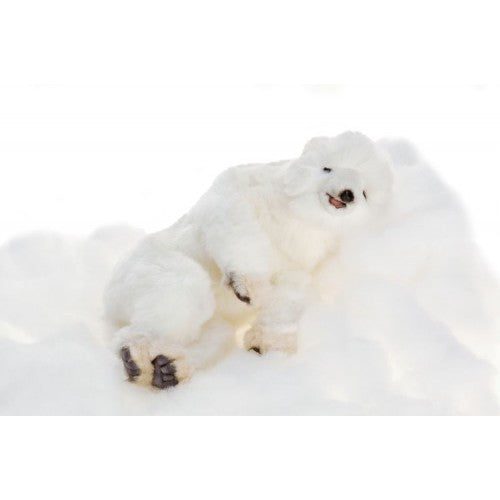

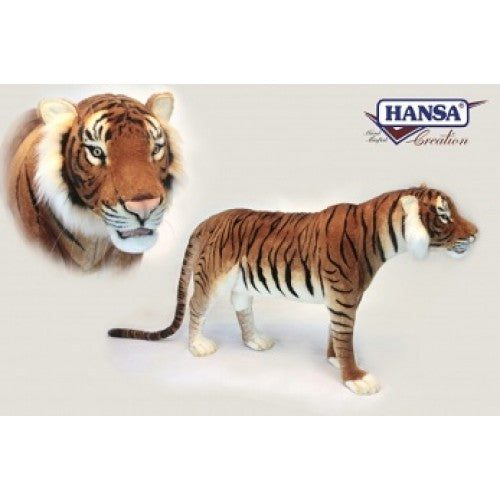
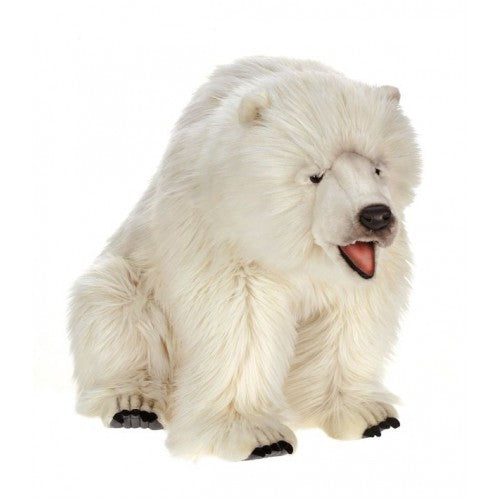

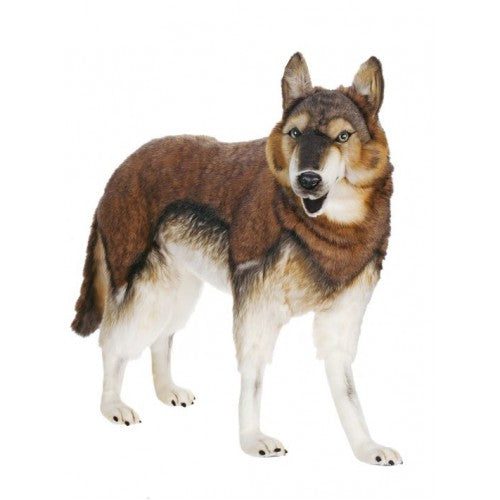
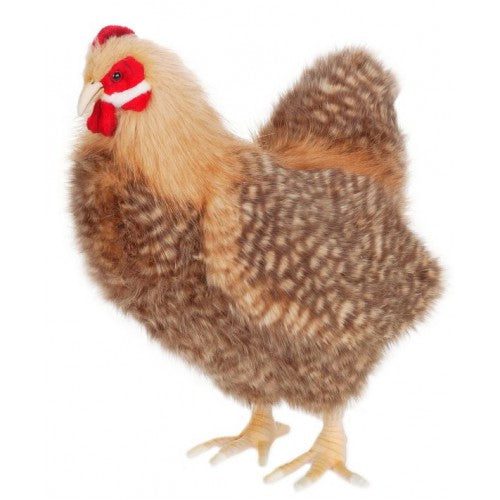
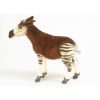
Reviews
There are no reviews yet.